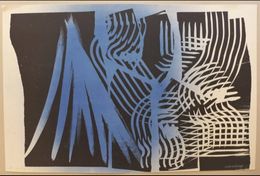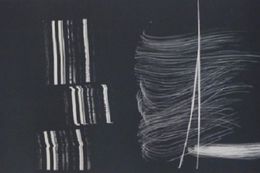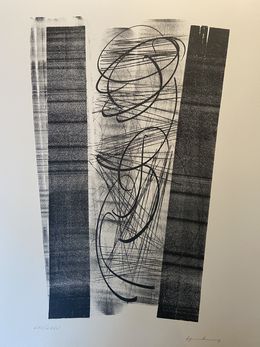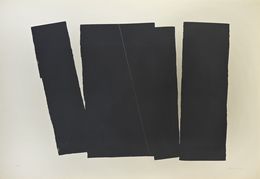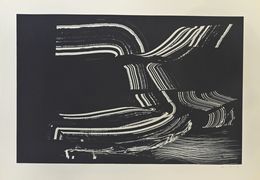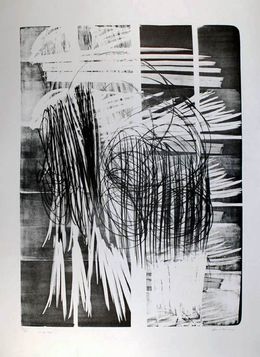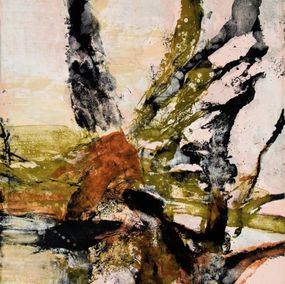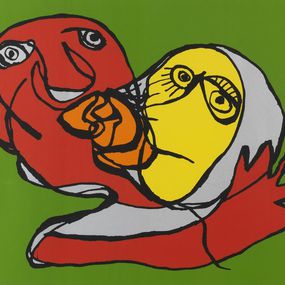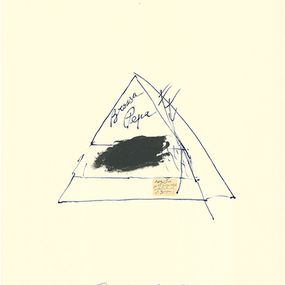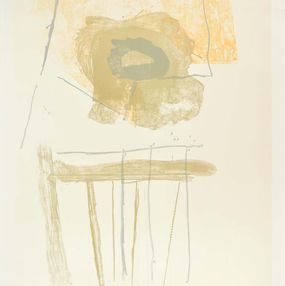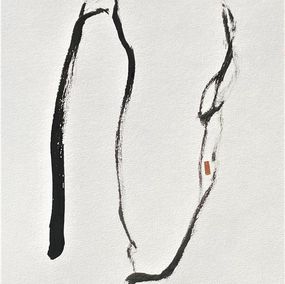

The unreality of the universe of forms is my constant concern.
Biography
Hans Hartung (21 September 1904 – 7 December 1989) was a pioneering German-French painter renowned for his dynamic gestural abstract style. In 2019 and 2020, the Musée d'Art Moderne de Paris hosted a major retrospective celebrating Hartung's innovative contributions to abstract art. This landmark exhibition revitalized interest in his work, highlighting his influence on contemporary art movements.
In 2024, the Hartung-Bergman Foundation in Antibes continues to promote his legacy through exhibitions and educational programs. Recent showcases have explored his experimental techniques, including his late-career works characterized by bold, dynamic brushstrokes and innovative use of materials. His art remains highly relevant, inspiring new generations of artists and collectors worldwide.
Born in Leipzig, Hartung developed an early interest in painting and, by 1922, had created a series of abstract tachiste watercolors. He pursued studies in philosophy and art history at Leipzig University before refining his artistic skills at the Academies of Leipzig (1924-1925), Dresden (1925-1926), and Munich (1928).
Hartung lived primarily in Paris from 1926 to 1931, with travels to Holland and Belgium, where he was influenced by artists such as Georges Rouault, Paul Cézanne, Vincent van Gogh, and later, by Cubism. His first solo exhibition took place at Galerie Heinrich Kühl in Dresden in 1931. Between 1932 and 1934, he resided on Minorca, returning to a calligraphic abstract style. After a brief stay in Berlin in 1935, Hartung fled Nazi Germany and settled in Paris, where he connected with influential abstract artists like Jean Hélion, Wassily Kandinsky, and Piet Mondrian.
In 1938, encouraged by his friendship with sculptor Julio González, Hartung explored sculpture. During World War II, he fought in the French Foreign Legion, sustaining severe injuries in 1944. After a six-year hiatus, he resumed painting in 1945 and later became a French citizen. Hartung's post-war works featured expressive graphic signs and bold gestural marks, created with brushes or, from 1961 onwards, scratched into wet paint. From 1962, he experimented with compositions featuring large, shadowy dark patches.
Hartung achieved international acclaim, winning one of the top painting prizes at the 1960 Venice Biennale. He was married to Norwegian painter Anna-Eva Bergman, with whom he shared his life and artistic journey in Paris.
Nationality
Categories
Artistic movements
Themes


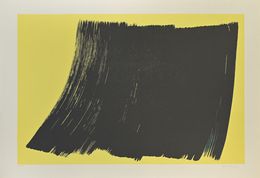




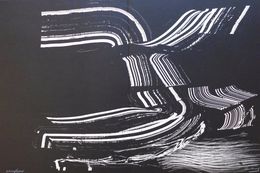
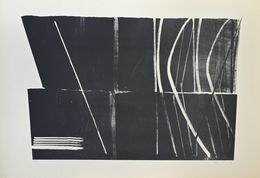
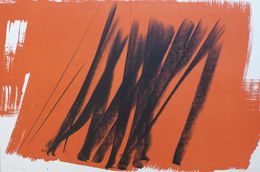
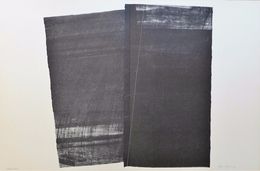


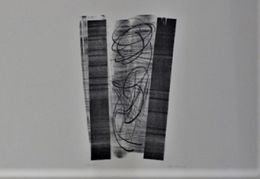

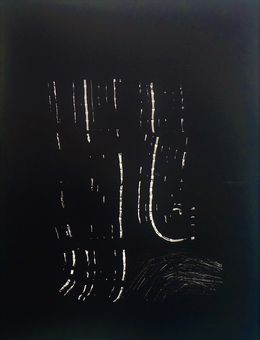

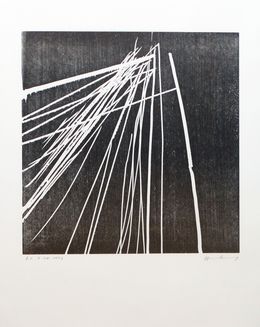
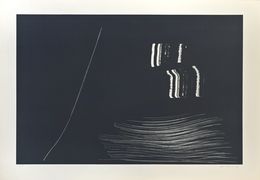
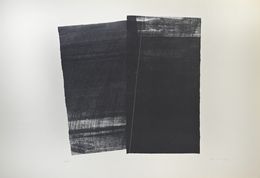
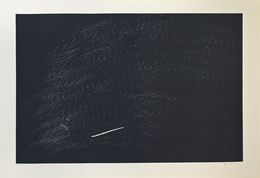
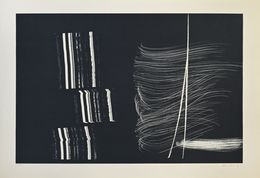
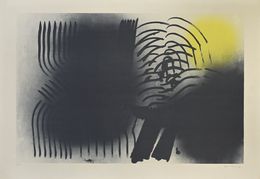





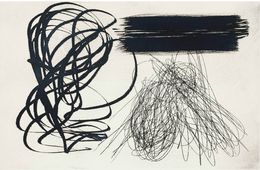
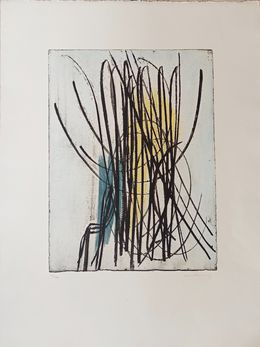



Farandole - 15 lithograhies signées
Hans Hartung
Print - 40.7 x 53 cm Print - 16 x 20.9 inch
$16,912

